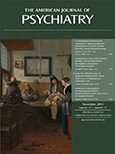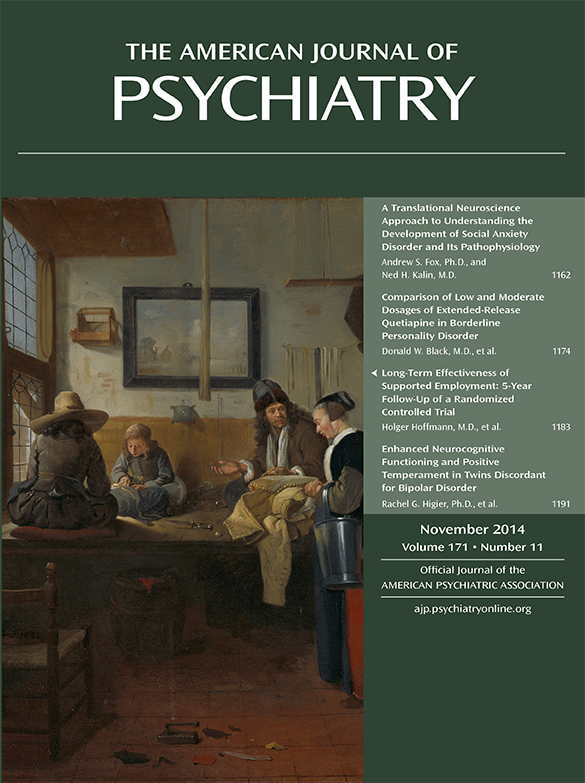Mr. S is a 17-year-old unmarried male, an only child, currently studying in 12th standard in a school in New Delhi. He originally hailed from a village about 100 km south of New Delhi. His family had moved to the city 3 years ago, primarily with the hope of providing him a better education. However, over the past 2 to 3 years, Mr. S had not been doing well in his studies; he had been getting much lower marks than what was expected of him from his previous performance. Mr. S acknowledged that this was the case. He complained of an inability to concentrate, forgetfulness, and fatigue. He also complained of vague body aches, abdominal discomfort, weakness, and sleep disturbances. These symptoms periodically worsened, followed by periods of relative improvement, but he was never totally symptom free. For the past 2 to 3 years, he had been experiencing nocturnal emissions and sometimes passed whitish discharge (which he referred to as “dhat”) in his urine. Such instances occurred two or three times a week. His symptoms worsened the day after such episodes, with some improvement in the intervening days. He had been told by his friends and had also read in magazines that the whitish discharge was semen, and that losing too much of it would be harmful to the body. The magazines described a variety of symptoms ranging from weakness and body aches to impotence and death.
Mr. S had consulted a local allopathic physician, who prescribed some vitamin supplements. The patient wondered how his symptoms could improve as long as he did not stop passing dhat, and he raised this question during a subsequent consultation. The physician dismissed his concern, saying that loss of semen was harmless. The patient felt that his physician did not understand his problems and stopped consulting him. He then consulted an Ayurvedic physician, who agreed with the patient’s understanding of the illness. The Ayurvedic physician prescribed certain herbal medications that were supposed to conserve semen and increase its density. However, despite several months of treatment, the discharge continued to occur, as did the other symptoms.
The patient consulted two other allopathic physicians but did not follow up regularly. He was initially seen by an internist at our hospital and was referred to the department of psychiatry. The patient reported the various symptoms detailed above to the psychiatrist as well. Thus, the patient was experiencing a number of somatic symptoms with an underlying preoccupation with loss of dhat and its debilitating effects. Significant distress and dysfunction were also evident. However, persistent, pervasive sadness and ideas of hopelessness, helplessness, or worthlessness were not evident. The psychiatrist made a diagnosis of “dhat syndrome” (other neurotic disorders) according to ICD-10. (Dhat syndrome is also described in DSM-5 in the Glossary of Cultural Concepts of Distress.)
Mr. S was scheduled for weekly counseling sessions. Keeping in mind the patient’s strong beliefs regarding the nature and causation of his illness, premature dismissal of a physical basis for his symptoms was avoided. This was particularly important given the fact that the patient had stopped consulting a physician who had earlier dismissed loss of semen as the cause of his symptoms. Instead, the first session focused on listening to the patient’s complaints in detail and acknowledging his distress and that his symptoms were real. This session also served to establish rapport with the patient and to make it clear to the patient that the psychiatrist did not ridicule his views regarding the illness. The second session focused on the patient’s perspective of the illness and its various symptoms, as well as which symptoms bothered him most and why. In the next session, the psychiatrist conducted a detailed history and physical examination focusing on possible medical causes. While acknowledging the patient’s distress, the psychiatrist conveyed to him that there was no serious underlying illness. A genital examination was also performed, and the patient was told that there was no abnormality in the genitalia and that his condition would not, in any way, interfere with his future sexual performance. The patient was quite reassured to hear this and said that he had been very worried about his sexual performance after marriage. In the next session, alternative methods of tackling his symptoms (other than stopping the whitish discharge) were considered without directly confronting the patient’s beliefs. The psychiatrist explained in simple terms the functioning of the male reproductive system and why the discharge occurred. He also explained that at the patient’s age a large number of young men similarly passed whitish discharge without experiencing the troubling symptoms that he experienced. Thus, in this session, the patient was prepared for considering alternative possibilities. In the next session, the psychiatrist suggested that the patient adopt a healthy lifestyle including a balanced diet and exercise regimen “to strengthen his body and protect it from damaging influences” (without directly reinforcing or negating the patient’s belief of loss of semen as a damaging influence). The subsequent three sessions focused on improving coping, attention to other important areas of life, and review of progress. By the end of 2 months, the patient’s symptoms had improved significantly. Although he reported that the whitish discharge continued, the other symptoms had mostly subsided, except for brief periods following the passage of discharge.
Discussion
The patient was diagnosed as having
dhat syndrome. If one were to consider only the traditional Western diagnostic categories, then this patient has certain features of somatic symptom disorder as well as certain features of illness anxiety disorder (DSM-5). According to ICD-10, he has features suggestive of somatization disorder as well as hypochondriacal disorder (although only one of these two diagnoses would be made). This brings to focus the usefulness of the concept of
dhat syndrome on the Indian subcontinent. It was first described in Western texts by Malhotra and Wig (
1). Since then, there has been considerable controversy regarding its definition as well as its nosological status (
2). It has been variously considered as a culture-bound syndrome (
3), a depressive disorder (
4), an anxiety disorder (
5), a somatoform disorder, a functional somatic syndrome (
6), and even no syndrome at all (
7).
Whether characterized as a culture-bound syndrome (DSM-IV, ICD-10) or as a cultural concept of distress (DSM-5), this case demonstrates the utility of such a concept. The outcome of the initial consultation with the allopathic physician illustrates the results of a culturally uninformed treatment in cases such as this. Although the physician was right when he said that the loss of dhat could not lead to the patient’s symptoms, saying so only decreased the patient’s trust in him, leading to consultation with another physician. The patient interpreted the physician’s comments at two levels. First, he believed that the physician was dismissive of both the genuineness and the seriousness of his complaints, and second, the physician was saying that the patient’s long-held, culturally appropriate belief was wrong. Although the Ayurvedic physician agreed with the patient’s beliefs, his treatment did not provide relief; as the passage of dhat continued, so did the other symptoms.
Given this clinical history, we incorporated all of these issues while treating the patient. We did not directly confront the patient’s cultural beliefs but listened to his explanation of the illness and generated alternative solutions to the problem. This was done after adequate rapport was established and the patient’s distress was acknowledged and the possibility of a serious illness ruled out. The alternative explanations and solutions were gradually introduced in a manner that was acceptable to the patient. In this fashion, we succeeded in reducing his focus on the discharge and redirecting his attention to more healthy habits, with consequent improvement in other symptoms.
Treatment strategies that have been proposed for
dhat syndrome (
8,
9) focus mainly on correcting misconceptions. This essentially involves telling patients, over a series of sessions, that semen loss is harmless and providing education about the normal structure and functioning of the reproductive organs. Few systematic studies testing the efficacy of such interventions have been conducted. Our own clinical experience suggests that such strategies may be useful in patients with a recent onset of symptoms or those who are willing to consider that the culturally appropriate explanation is not necessarily correct. However, in many patients (such as the patient described here) this may not be desirable or effective, and slight modifications (as in this case) may be considered. Such approaches also, of course, await validation by systematic studies.


